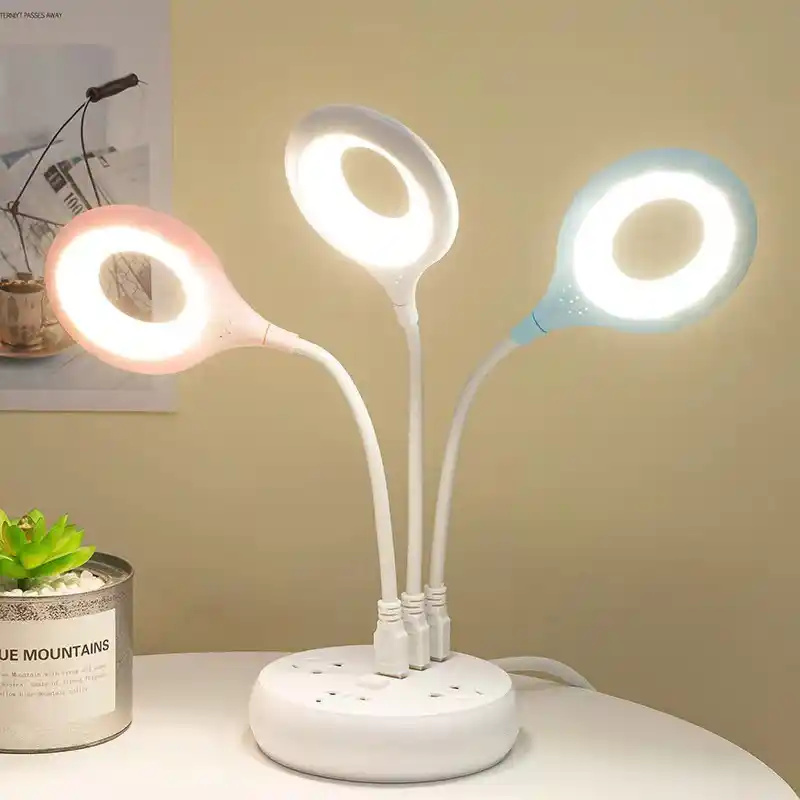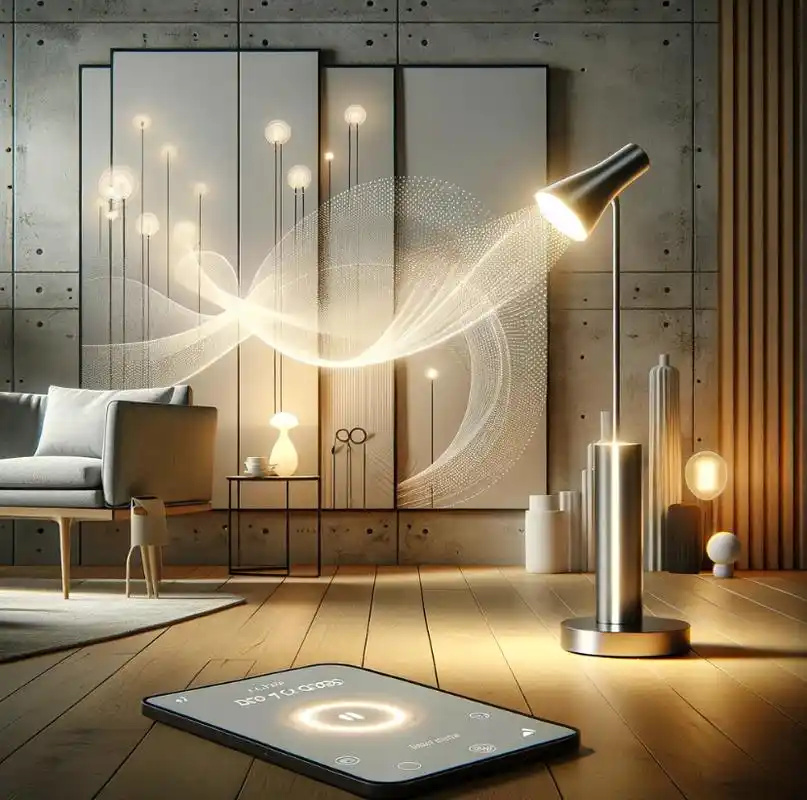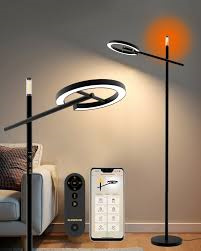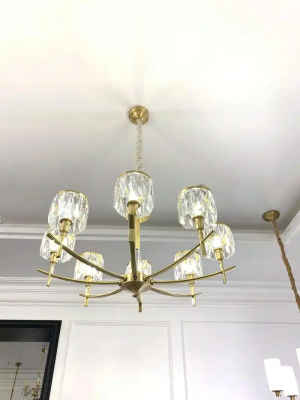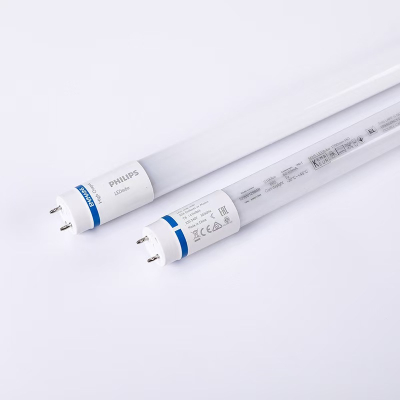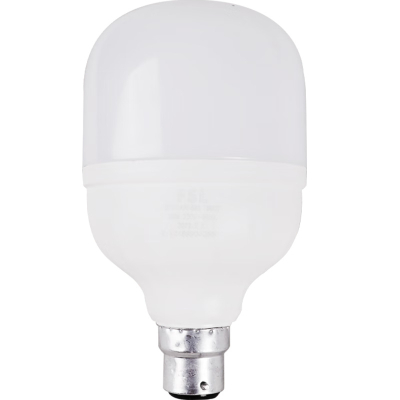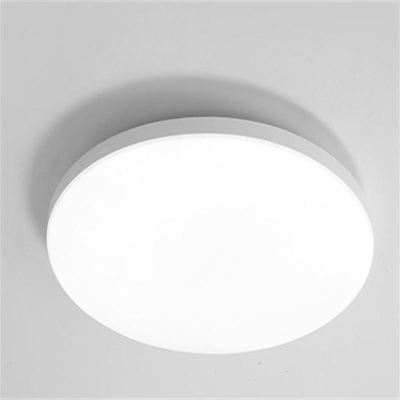Intelligent Control Lamps
Intelligent control lamps are a type of advanced lighting solution that incorporates intelligent technologies to provide more flexible, efficient, and user - friendly lighting experiences. These lamps can adjust their lighting parameters such as brightness, color, and lighting patterns based on various factors such as user preferences, ambient conditions, and specific application requirements.
LEDs are the core light - producing components of intelligent control lamps. They offer several advantages over traditional light sources such as incandescent and fluorescent bulbs. LEDs are energy - efficient, have a long lifespan (typically up to 50,000 hours or more), and can provide a wide range of color options. The color temperature of LEDs can be adjusted to produce warm - white (around 3000K) for a cozy atmosphere or cool - white (around 5000 - 6000K) for a more vivid and bright lighting environment. The lumen output of LEDs can also be controlled to achieve different brightness levels.
Ambient Light Sensors: These sensors detect the level of natural light in the surrounding environment. For example, in a smart home setting, an intelligent control lamp can use an ambient light sensor to adjust its brightness according to the amount of sunlight coming through the windows. If it's a bright day, the lamp can dim or turn off to save energy. At night or in a low - light environment, it can increase its brightness to provide sufficient illumination.

Motion Sensors: Motion sensors are used to detect the presence or movement of people or objects. In a hallway or a stairwell, an intelligent control lamp with a motion sensor can turn on automatically when someone approaches and turn off after a period of inactivity. This not only provides convenience but also helps to save energy. Some advanced motion sensors can even distinguish between different types of movements or the direction of movement to trigger more complex lighting behaviors.
Proximity Sensors: Proximity sensors are similar to motion sensors but can provide more precise information about the distance between the sensor and an object. They are often used in applications where the lighting needs to change based on the proximity of a user. For example, in a bedside lamp, the light can gradually brighten as a person's hand approaches the control panel.
Wi - Fi or Bluetooth Modules: These enable the intelligent control lamp to connect to a local network or a mobile device. Through Wi - Fi, the lamp can be integrated into a smart home system and controlled remotely using a smartphone app. Bluetooth connection allows for a more direct and short - range control, which is useful for quick adjustments or when the Wi - Fi network is unavailable. The communication modules also enable the lamp to receive firmware updates to improve its functionality or security.
Zigbee or Z - Wave Modules: These are other wireless communication standards used in home automation. They are designed to provide reliable and low - power communication between different smart devices. Intelligent control lamps with Zigbee or Z - Wave modules can interact with other smart home devices such as smart switches, sensors, and hubs to create more complex lighting scenes and automation rules.
Control Systems and Algorithms
The control system of an intelligent control lamp is like its "brain." It processes the signals received from the sensors and the commands from the user or the connected smart home system. Advanced control algorithms are used to determine the appropriate lighting behavior. For example, a control algorithm can adjust the color and brightness of the lamp based on the time of day, the user's activity level (detected through motion sensors), and the user's pre - set preferences. Some intelligent control lamps also support learning algorithms that can adapt to the user's habits over time and automatically adjust the lighting accordingly.
When the intelligent control lamp is powered on, it first initializes its components such as the LEDs, sensors, and communication modules. The sensors constantly monitor the ambient conditions and send the data to the control system. If the user sends a command through a mobile app or a physical control button on the lamp, the control system processes this command along with the sensor data.
For example, if the user wants to set a "relaxing" lighting mode, the control system will adjust the LED's color temperature to a warm - white, reduce the brightness to a lower level, and may even add a slight dimming effect to mimic candlelight. If the ambient light sensor detects a sudden increase in natural light, the control system will decrease the brightness of the LEDs to maintain a consistent overall illumination level in the room.
When a motion sensor detects movement, the control system can trigger the lamp to turn on or adjust its brightness to a pre - determined level for safety and visibility. The communication modules ensure that the lamp can receive updated commands and settings from the user or the smart home system, allowing for real - time adjustments and remote control.
In living rooms, intelligent control lamps can create different atmospheres for various activities such as watching movies, reading books, or hosting parties. The user can adjust the lighting with a simple voice command or through a smartphone app. For example, during a movie night, the lamps can dim to a low level to enhance the viewing experience. In the bedroom, the lamps can gradually brighten in the morning to simulate a natural sunrise, helping the user wake up more comfortably.
In kitchens, the lamps can provide bright and focused illumination when cooking and can adjust to a softer light during meals. The ability to control the lights remotely means that the user can turn on the kitchen lights before entering the room, improving safety and convenience.
Commercial and Office Applications
In offices, intelligent control lamps can adjust the lighting according to the amount of natural light available and the specific tasks being performed. For example, in a meeting room, the lights can be set to a bright and uniform level for presentations. In individual workspaces, the lamps can provide a more personalized lighting environment to reduce eye strain and increase productivity. In retail stores, the lighting can be adjusted to highlight products, create different moods for different sections of the store, and attract customers' attention.
Energy - Efficiency: Intelligent control lamps can significantly reduce energy consumption. By adjusting the brightness according to ambient light and occupancy, they ensure that the lights are only using as much energy as needed. For example, a study has shown that in a smart home setting, the use of intelligent control lamps can lead to an energy savings of up to 30 - 40% compared to traditional lighting systems.
Customization and Flexibility: Users have the ability to customize the lighting to their exact preferences. They can create different lighting scenes for different times of the day, activities, or moods. The flexibility of intelligent control lamps also makes them suitable for a wide range of applications, from homes to offices to commercial spaces.
Enhanced User Experience: The convenience of remote control, automatic adjustment based on ambient conditions, and the ability to create personalized lighting settings all contribute to an enhanced user experience. Intelligent control lamps can also integrate with other smart home devices, such as smart speakers and security systems, to provide a more seamless and intelligent living environment.

